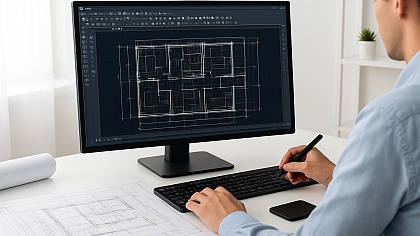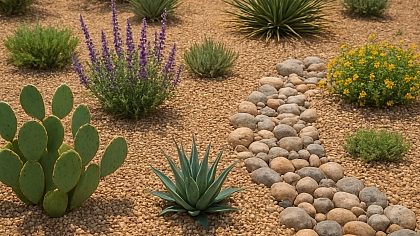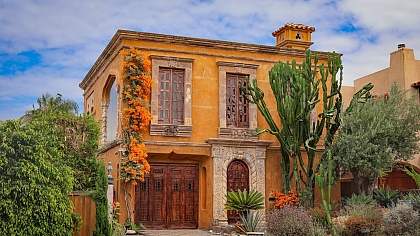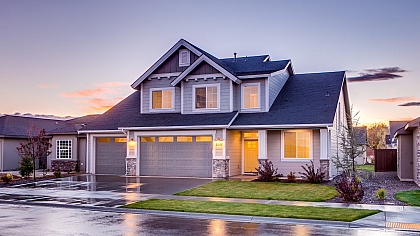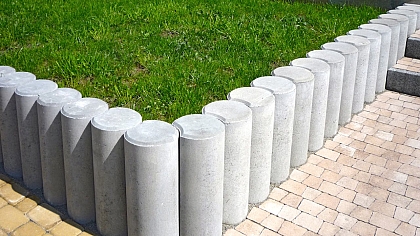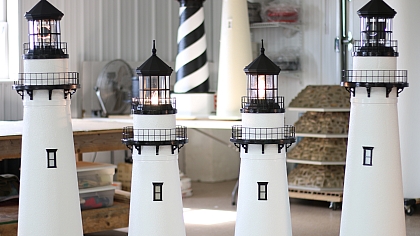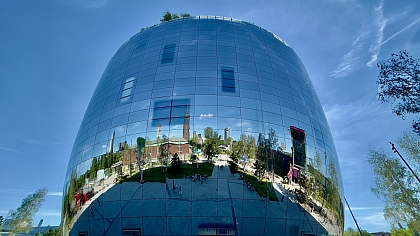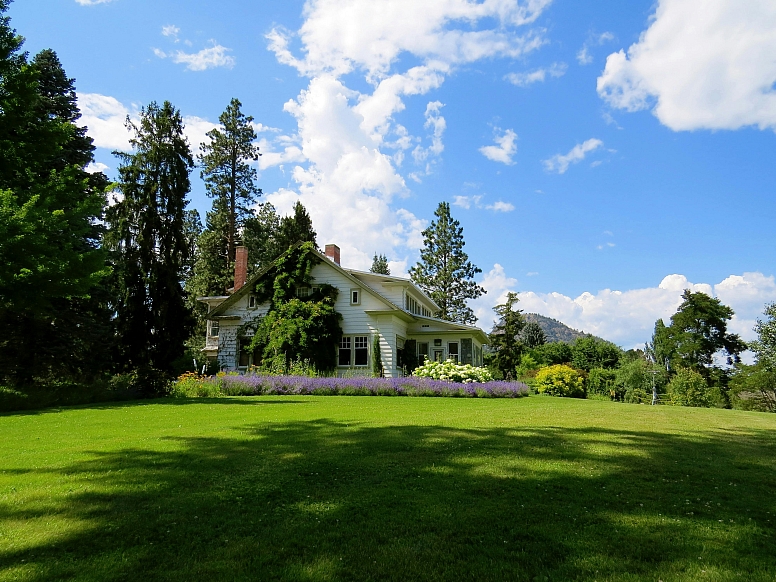
Extra Things to Think About When Choosing Your Landscaping
Landscaping is more than just planting a few shrubs and laying down sod—it’s a long-term investment in the beauty, functionality, and value of your property. While aesthetics often take center stage, there are several practical considerations that homeowners should keep in mind when planning their outdoor spaces. From environmental impact to maintenance needs, the choices you make today can affect your home for years to come. Here are some often-overlooked factors to consider when selecting your landscaping elements.
Climate Compatibility and Sustainability
Before choosing plants or materials, it’s essential to understand your local climate and soil conditions. Plants native to the area are often the best option since they’re naturally adapted to local conditions and need less water, fertiliser, and upkeep. Incorporating drought-tolerant species or xeriscaping techniques can also reduce your water usage and support sustainability. Additionally, consider how seasonal changes will affect your landscape. Will your yard still look appealing in winter? Will heavy rains cause erosion or pooling? Planning with climate in mind helps ensure your landscaping remains attractive and functional year-round.
Long-Term Maintenance Requirements
A beautifully landscaped yard can quickly become a burden if it demands constant upkeep. When selecting plants, trees, and ground cover, think about how much time and effort you’re willing to invest in maintenance. Fast-growing trees may offer quick shade but require frequent pruning. Flower beds can add vibrant color but may need regular weeding and deadheading. Opting for low-maintenance options like mulch beds, perennial plants, and automatic irrigation systems can help you enjoy your outdoor space without feeling overwhelmed by chores.
Root Systems and Structural Impact
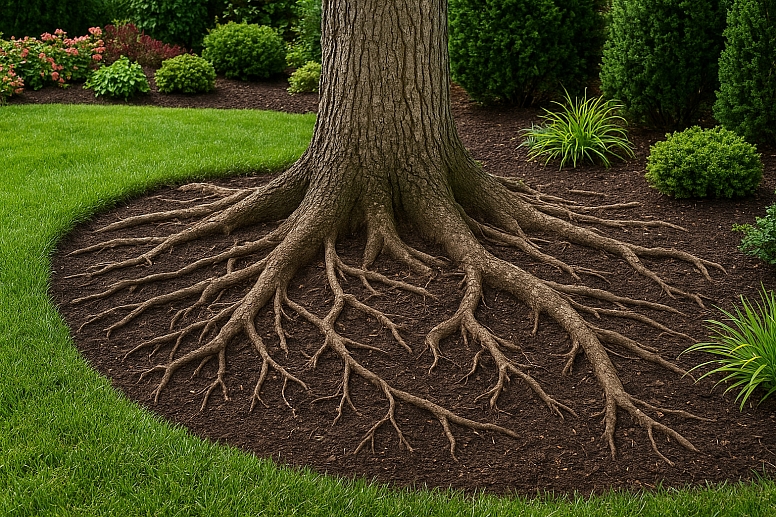
Trees and large shrubs can add dimension and shade to your yard, but their root systems can pose hidden risks. Homeowners often ask, do palm tree roots cause damage to nearby structures? While palm trees generally have non-invasive roots compared to other species, improper placement can still lead to issues with sidewalks, driveways, or underground utilities. It’s important to research the growth habits of any tree before planting it near your home or hardscape. Consulting with a local arborist or landscape professional can help you make informed decisions that protect your property.
Functionality and Flow
Landscaping should enhance how you use your outdoor space, not hinder it. Think about how you move through your yard and what activities you want to accommodate, whether it’s entertaining guests, gardening, or relaxing in a shaded nook. Pathways, seating areas, and lighting should be strategically placed to support these functions. Consider how different zones in your yard can serve specific purposes and use landscaping elements to define and connect them. A well-thought-out layout improves both the usability and visual appeal of your space.
Local Regulations and Property Boundaries
Before breaking ground, it’s wise to check with your local municipality or homeowners’ association for any landscaping regulations. These might include restrictions on tree height, fence placement, or water usage. Additionally, be sure to verify your property lines to avoid planting on a neighbor’s land or encroaching on easements. Ignoring these details can lead to costly disputes or the need to redo work. Taking the time to understand the legal and logistical boundaries of your project ensures a smoother process and long-term peace of mind.
Landscaping is a rewarding way to personalize and enhance your property, but it’s important to look beyond surface-level beauty. By considering factors like climate compatibility, maintenance needs, root systems, functionality, and local regulations, you can create an outdoor space that’s both stunning and sustainable. Thoughtful planning not only protects your investment but also ensures that your landscape continues to serve your lifestyle and home for years to come.

